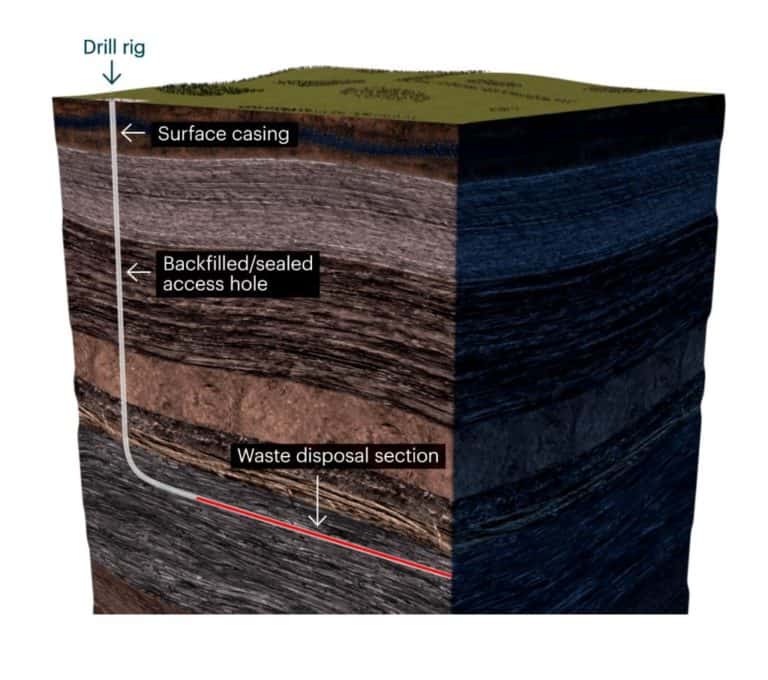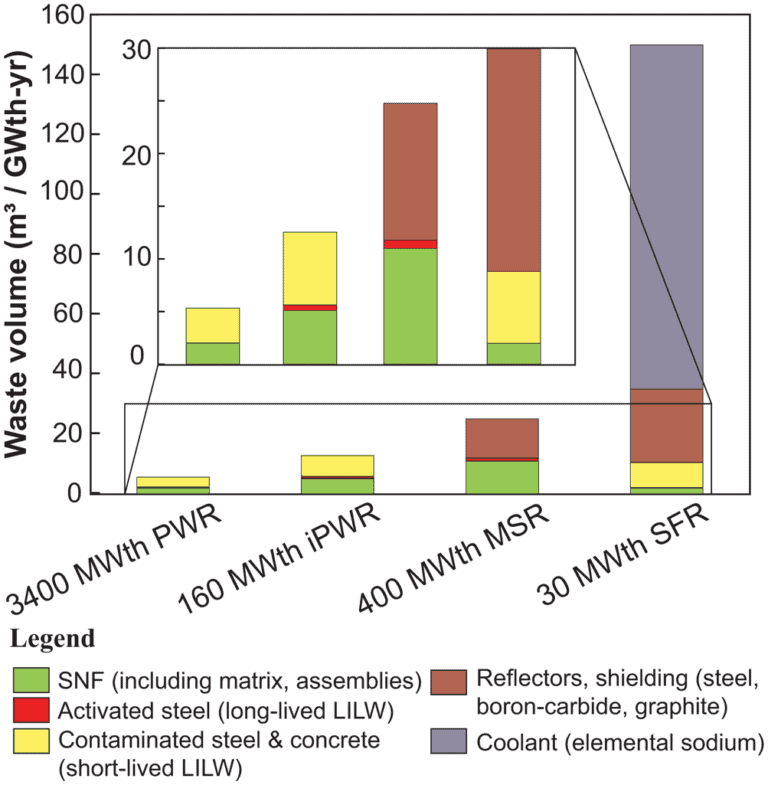Concerns of the Opposition: Not Irrational
There are some legitimate questions raised by the opponents of Yucca Mountain. There are also some arguments that have little basis and are simply a continuation of the scare tactics that anti-nuclear groups have been using against the technology for nearly three decades.
The opposing groups normally make the following claims in their papers and speeches.
- The geology of Yucca Mountain is not understood well enough to predict its suitability over a storage period measured in millennia.
- There is insufficient knowledge of the behavior of storage containers in a repository environment.
- There might be a way for ground water to enter the site.
- There is a possibility of the stored waste material achieving a critical condition.
- The transportation network from the nuclear plants to Yucca Mountain is inadequate.
- The construction of the repository is a wasteful expense.
- It is not fair that the federal government chose a state that does not even have a nuclear power plant as the sole site for all of the nation’s spent nuclear fuel.
Does it Really Matter?
The arguments related to the long term behavior of Yucca Mountain are simply unanswerable questions. That is not to say that they have any validity, but no scientist will ever categorically state that he knows what will happen in the distant future. At best, legitimate scientists will use the evidence of what has happened in the past to make some probabalistic predictions about the future.
When people demand answers to unanswerable questions, it is a pretty good indication that they are simply interested in delays and obstruction instead of solutions.
Even if the worst possible conditions occur, there is a very small chance that there will be any danger to humans or other living creatures. There are several basic facts that back up this statement.
- Radioactive material is not dangerous unless it is ingested or unless people get too close to unshielded material.
- It does not regenerate itself or pass from one individual to another like a contagious disease.
- Spent nuclear fuel is in a form that cannot be easily be distributed over a large area.
- In order for the waste to cause even minor health impacts, society as a whole must somehow forget how to sense radioactive materials and it have to lose records and warning signs indicating existence of the facility.
In this discussion it is also important to compare the possible health impacts of spent nuclear fuel with the health impacts from the waste products of competitive power sources. Routine emissions from burning coal, for example, cause several different kinds of serious respiratory aliments, and have been implicated as contributing factors to lung cancer rates.
Geographic Concerns
The questions about the transportation plans for spent nuclear fuel, however, cannot be so easily dismissed. In fact, some of the concerns justify a new look at the planning and implementation process.
Yucca Mountain is in a remote area that is a long way from most nuclear power stations. Shipping thousands of containers weighing 75 or 125 tons each from widely distributed sites like Homestead, Florida or Wiscasset, Maine to Yucca Mountain, Nevada is not a trivial, low cost task. Since the containers will be full of controversial material which has been the subject of protests and court battles for many years, it will be difficult to gain approvals from dozens government agencies in the multi state path. Several professional protest groups have already begun a campaign to make the shipments as difficult as possible.
It is likely that those who are concerned about the potential impact of an accident or sabotage will demand the use of special trains, tight speed limits, increased security and increased liability coverage. The cost of such transportation will be significant, especially since many railroad operators have indicated that they would rather not bother with such a troublesome cargo.
Infrastructure Concerns
Even if cost is no object, most reactor sites are in remote areas with a limited transportation infrastructure. At least 40 percent of the reactors do not have high capacity rail lines to the site and many are served by roads that cannot accept overweight trucks. Of course, rail lines can be built and roads can be improved, but it makes little economic sense to do so for sites that have been chosen because they are not close to any major population center.
There is no rail transport available at the Yucca Mountain site and the last stretch of road leading to the site is a narrow, twisting mountain road. There is obviously no chance of using barges or ships. A completely new infrastructure is needed.
The cost of this infrastructure must be completely born by the shippers of spent nuclear fuel in one way or another. There will be no other cargo travelling on the route that will help to share the costs.
Repository Cost
As currently planned, the construction of the repository will be extremely expensive. It requires drilling deeply into solid rock. A recent story in Nuclear News reported as very good news that the cost of drilling on the exploratory tunnels had dropped to $6,000 per foot. That equates to over $31 million per mile, just for drilling.
Since the law currently requires projecting geologic behavior far into the future, a tremendous amount of research is needed. So far, site characterization studies have cost hundreds of millions of dollars with no end in sight. A huge warehouse has been built to hold the thousands of rock samples dug up by the investigating geologists. Many of these samples remain to be analyzed. The assigned geologists appear to have a full time job that might develop into a very nice career with good government benefits and pensions.
Despite extensive studies, however, any sign that there might be water in a place where it was not expected is treated as a potential means of completely shutting down the project by those who are professionally opposed to the use of nuclear energy. For many observers, even those in favor of nuclear energy production, the memory of nuclear plants costing billions that were dismantled without operating is a haunting reminder that money sunk into an elaborate repository is no guarantee that the spent nuclear fuel issue will go away.


